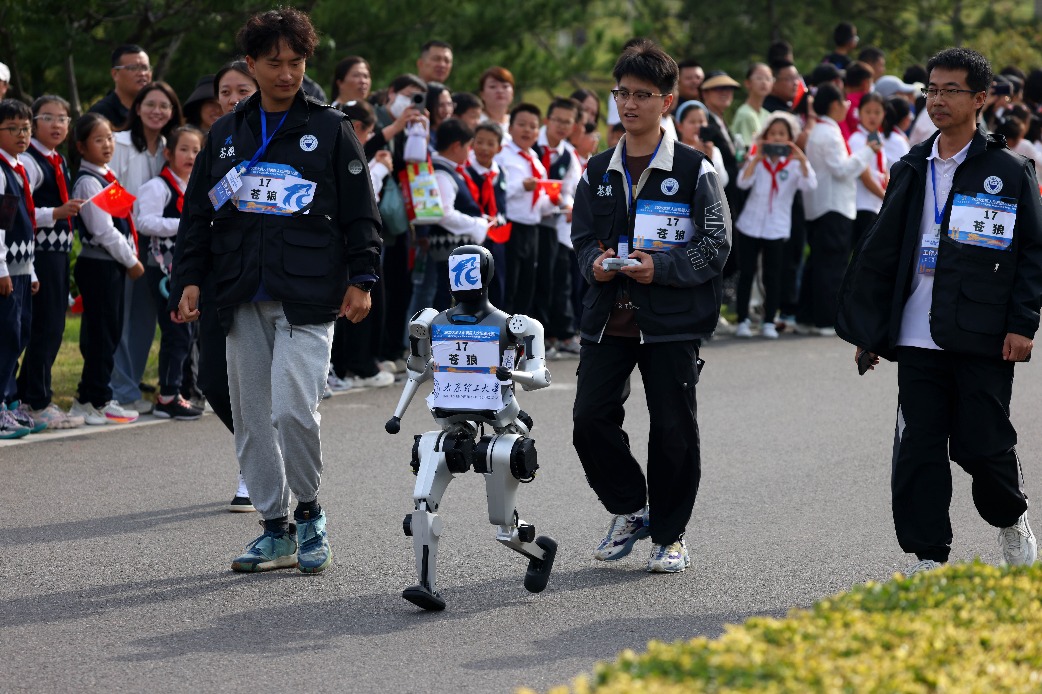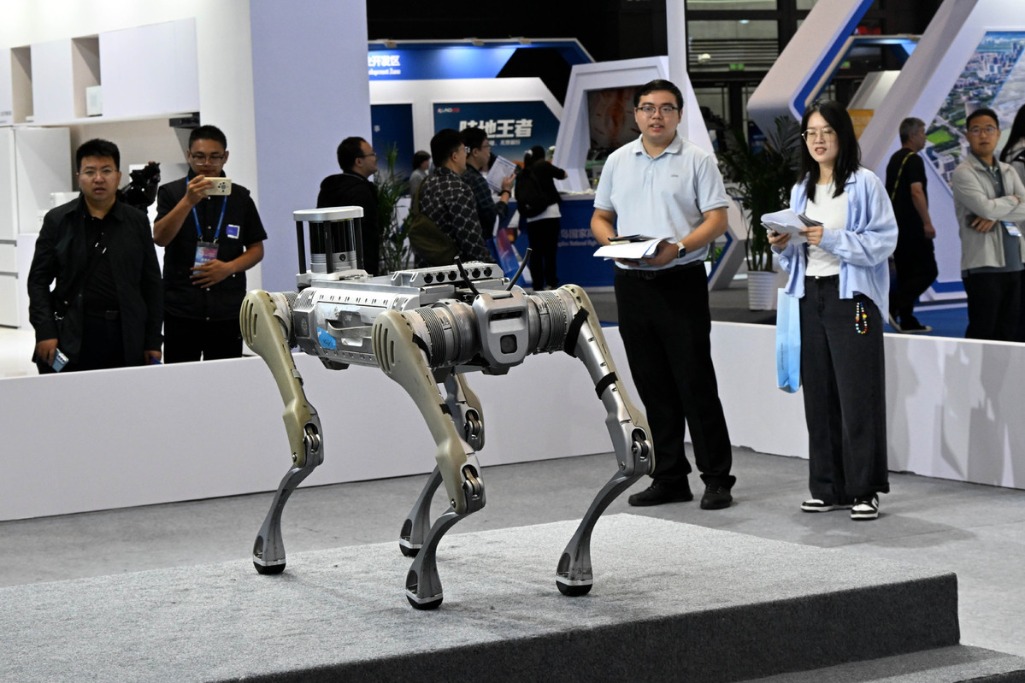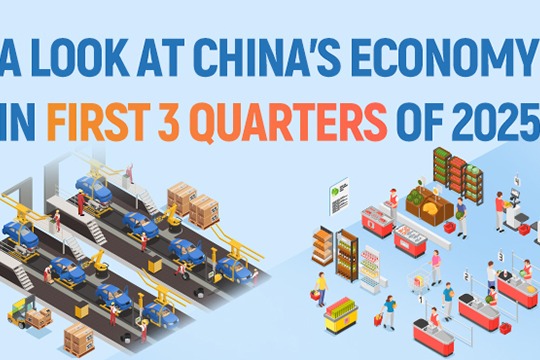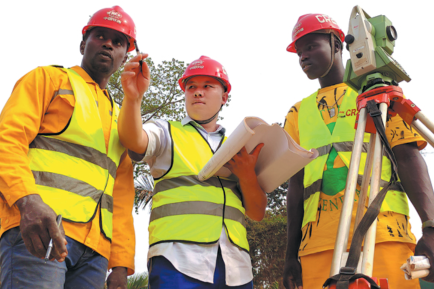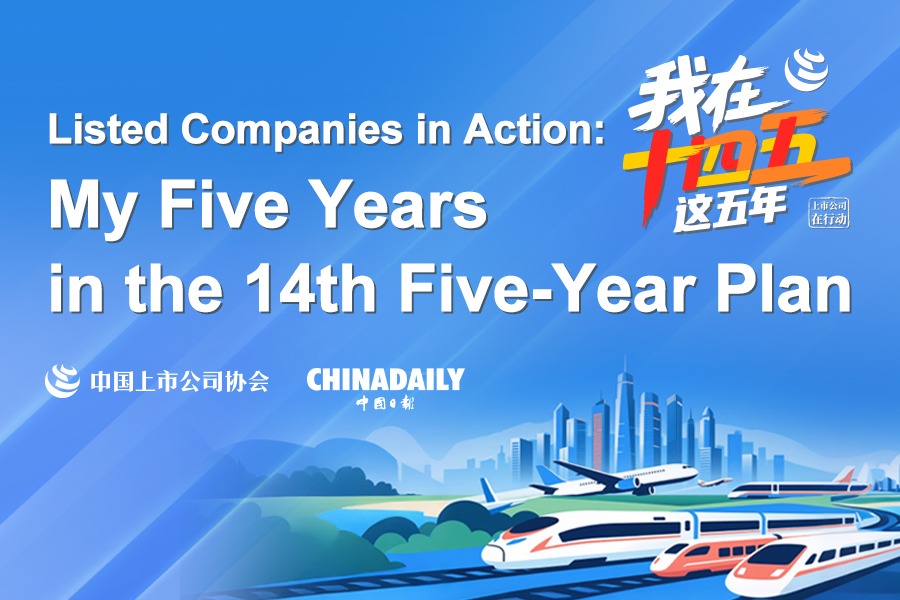EV charging network spurs V2G integration

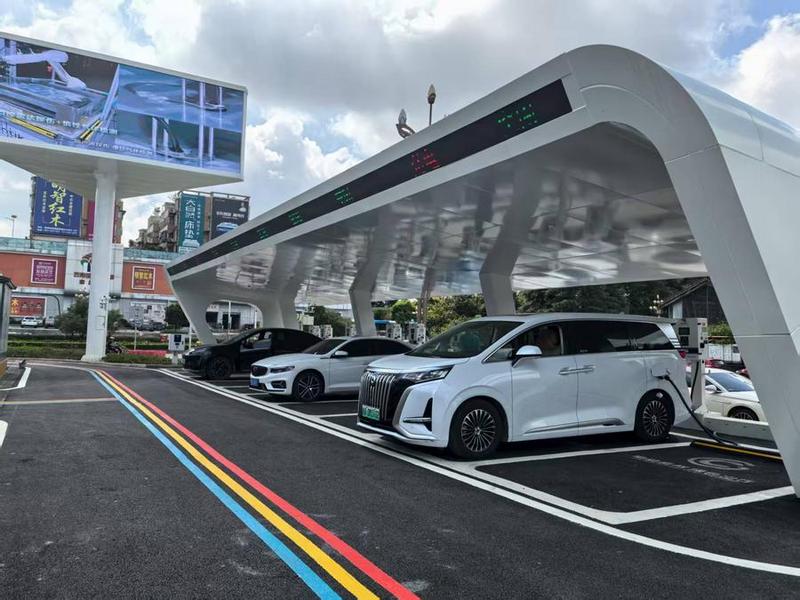
Vehicle-to-grid integration is emerging as a promising resource for China's power system, a shift underpinned by the country's expanding new energy vehicle market.
V2G lets an electric vehicle act like an energy storage unit: it can draw power from the grid as needed and, when necessary, feed stored energy back. This allows households to participate in power markets and earn income by helping balance supply and demand.
A recently released action plan lists the "scaled promotion of vehicle-grid interaction" as one of five key initiatives, signaling a new phase for V2G development.
Issued by six central departments including the National Development and Reform Commission and the National Energy Administration on Oct 15, the plan outlined that V2G pilot programs will be effectively expanded, with over 5,000 new V2G facilities and more than 20 million kilowatt-hours of reverse charging energy by the end of 2027.
The plan, which aims to double the service capacity of EV charging infrastructure from 2025 to 2027, also includes the construction of 28 million charging facilities nationwide by the end of 2027. This expansion will provide more than 300 million kilowatts of public charging capacity, sufficient to meet the needs of 80 million EVs.
In the first three quarters of 2025, NEV output and sales reached 11.24 million and 11.22 million units respectively, up 35.2 percent and 34.9 percent year-on-year, according to the China Association of Automobile Manufacturers.
Sustained NEV expansion is catalyzing a clearer policy framework for vehicle-grid interaction. In December 2023, several Chinese ministries issued a guideline to strengthen the integration of NEVs with the power grid — the first systematic, nationwide blueprint for vehicle-grid interaction.
The first batch of large-scale V2G pilot programs was announced in April. Targets are clear: participating cities aim to shift over 60 percent of annual EV charging to off-peak hours by 2025 — and over 80 percent for private chargers.
By 2030, China aims to finalize V2G standards, mature market mechanisms, scale applications, and provide the power system with bidirectional flexibility capacity at the 10-gigawatt scale.
"Nine cities and 30 projects were selected from 27 cities and 90 proposals, and the pilots are expected to provide valuable experience for large-scale rollout," said Liu Yongdong, deputy secretary-general of the China Electricity Council.
However, while Europe has clarified V2G technical standards, China still faces several challenges. According to China Industry News, these include a lack of unified technical standards and commercialization hurdles.
Universities and enterprises are working to tackle these gaps. A team at Zhejiang University is exploring innovations to improve the efficiency of converting and storing electric and thermal energy for use in V2G applications.
Chery is building an intelligent V2G network and has introduced both alternating-current and direct-current V2G chargers.
Star Charge, a Chinese operator of EV-charging infrastructure, is exploring feasible charging models to accelerate the deployment of V2G, advancing the automotive value chain's low-carbon transition.




















